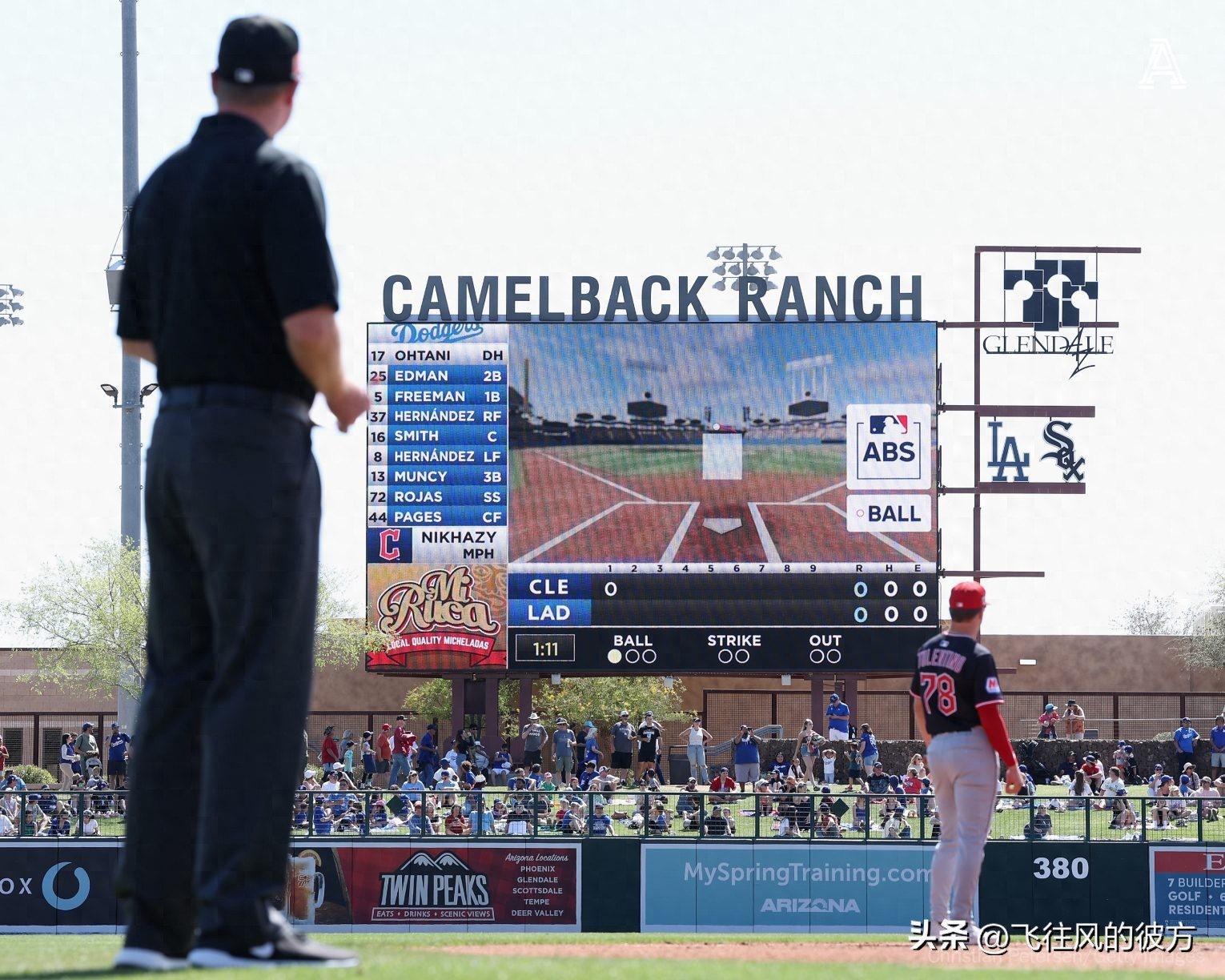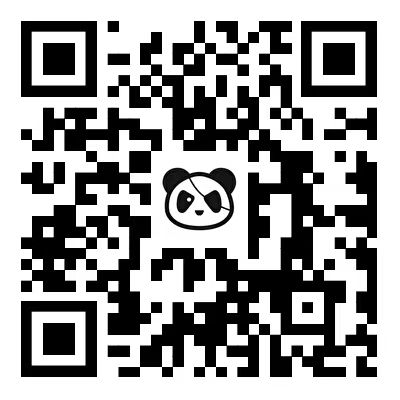The MLB electronic strike zone challenge system is confirmed to be implemented starting next year.

The MLB Competition Committee voted today to approve the electronic strike zone (ABS) challenge system, which will take effect in 2026. Each team will be granted two challenges per game, and if a challenge is successful, it will not be deducted from their total. The electronic strike zone challenge results will be shown instantly on the stadium’s main screen.
MLB started testing the electronic strike zone in 2019, initially using fully electronic strike zone calls and later trialing the challenge system. After testing the electronic strike zone challenge system during some spring training games this year, MLB Commissioner Rob Manfred announced in June that he would propose to the Competition Committee to adopt the system starting in 2026. Now, the Competition Committee, composed of six league representatives, four player representatives, and one umpire representative, has officially approved this rule.
Manfred stated, “Previous rule changes approved by the Joint Competition Committee have shown lasting impact, driving the game forward. We followed the same process with ABS, starting by listening to fans and conducting extensive testing in the minor leagues, striving to improve baseball at every step. Throughout this process, we worked hard to develop a system that players would also accept.”
According to official MLB data, 288 spring training games this year used the electronic strike zone challenge system, averaging 4.1 challenges per game. Each challenge added an average of 13.8 seconds to the game time, with 52.2% of challenges successfully overturning the original call. Challenges initiated by catchers had a 56% success rate, batters 50%, and pitchers 41%. The most challenges occurred with bases loaded counts, while the fewest were at 0 balls and 3 strikes. Data also shows that the success rate of challenges decreases during more critical moments.
The electronic strike zone system to be implemented next year will largely follow the same rules as those used during this year’s spring training. This includes defining the strike zone width to match the home plate, and using data gathered from years of minor league testing to set the upper edge of the strike zone at 53.5% of the player’s height and the lower edge at 27%. Therefore, all players must have their height measured during spring training.
According to MLB, the human umpire’s strike zone is rounder in shape compared to the electronic strike zone and tends to be more lenient toward pitchers, with a higher upper edge and a lower lower edge. For example, in a 2 balls and 2 strikes count, the human umpire’s strike zone covers 449 square inches (2896.77 square centimeters), while the electronic strike zone covers 443 square inches. As a result, some pitchers may feel that the electronic strike zone is less accurate or too small.
The biggest difference from spring training testing in the official rule is that in extra innings, each team will have at least one challenge at the start of every inning. This means that teams that have used all their challenges will automatically receive one additional challenge opportunity at the beginning of each extra inning.


Wonderfulshortvideo
Soon. 👀


Your World Series Game 1 starter, Blake Snell. 🔥


Views from the American League champions 🏆


classical music edits>


this is so satisfying 😍


Imagínense que Tatis estuviera en la casa 🏠 de alofoke 👀❤️








 Links
Links
 Contact
Contact
 App
App


